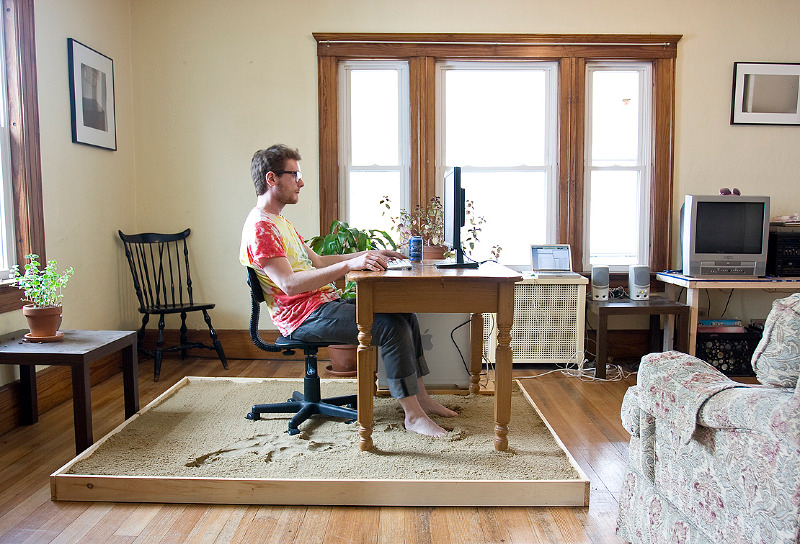Over the past few years the oil and gas industry has been struggling.
The oil price plunge in 2014 left companies scrambling to get back on their feet, and standard cost-cutting strategies are no longer sufficient.
It’s now critical for executives to look at new alternative strategies that have potential to drive up profit from existing capacity. Oil and gas companies are lagging behind when it comes to technological advancements in this modern age. For these companies to be able to thrive, they must keep up with the times, and the times are changing. The oil and gas sector requires digital transformation in order to stay relevant with customers, and one innovative solution to this problem, is The Digital Twin.
“In our mind, digital twins represent the biggest opportunity available today for performance optimization, avoidance of NPT, and hazard prevention in the oil and gas industry.”
Sven Inge Ødegaard, eDrilling’s COO.

10 examples of how to leverage digital twin technology for oil and gas drilling
1. Pad Placement and Construction
Reduce the risk of rig “standby time” caused by environmental or organizational obstacles, by virtually planning and simulating pad construction far in advance.
2. Centralized Source for Company-Wide Data
Digital twins create a centralized source for company-wide data such as Wellview, shared drives, Pason, Canrig, etc., and make information accessible on-demand for all stakeholders, not just those with an understanding of specialized software.
With the digital twin, users can log on and go straight to a file or live data (when sensors are present) without having to search through endless folders or seek help from someone in another department. Investor Relations can go straight to a future, present, or past pad site to obtain relevant stakeholder information.
Well site supervisors can visualize future wells to get the stick diagrams, well design, pad size, environmental obstacles for the rig move, and more. Users can even drill down to detailed information on individuals pipes or equipment in real-time, for pressure readings, depth tracking, and other essential drilling parameters.
The main advantage to having everything centralized is the optimization of time by having the ability to reach information that might otherwise be unobtainable and siloed away. Optimized time = increase in productivity.
3. Monitoring Rig Move Status
Real-time monitoring of both short and long distance rig moves enables companies to better predict the timing for additional services such as welders, heavy equipment, cementers, and other crews – reducing the amount of standby time charged by 3rd party services.
4. Pre-Spotting Buildings in Tight Spaces Before a Rig Move
Reduce rig move time altogether, and improve safety by using the digital twin to pre-spot all potentially obstructive buildings, structures, and hazards before beginning the move to a new location.
5. Real Time Help from Office/Home in the Event of an Emergency
The ability to see through the eyes of field hands in real-time using augmented reality is currently being developed. This will make phone calls during emergencies or crucial phases of the well a thing of the past. Instead, Drilling Superintendents will be able to get real-time visuals of the operations and give more informed instructions. Everything from well control, cementing, RTOC help steering, stuck drill strings, equipment repair, training, rig moves and more will be positively impacted as a result, resulting in substantial cost savings.

6. Repair & Maintenance Tracking
Digital twins enable users to immediately, and remotely obtain information on any piece of equipment, including: part numbers, date of last service, when the next scheduling servicing is, real-time sensor readings, as well as the best plan of attack for repairs in hard to reach areas. Having the ability to easily track and plan maintenance and repairs helps to reduce costs associated to the premature break-down of equipment, and reduce the time spent directly working on equipment.
7. Inventory Tracking
Supervisors and company stakeholders are empowered to do remote “site visits” on-demand, enabling them to determine exactly what equipment is on location (such as directional tools, bits, drilling chemicals, and casing). This remote-visibility reduces the risk of down time from having to wait on equipment or having an overabundance of one thing in particular. In addition, the digital twin provides the ability to track the capacity and output of machinery such as tanker trucks, both historically and in real-time.
8. Anti-collision
Reduce the risk of collision, well spacing, hard boundary, and road allowance issues with the ability to “transport” yourself into the formation/well path to see first-hand all relevant data and statistics.
9. RTOC (Real Time Operations Centre)
Reduce down time associated with poor steering conditions with an easier-to-read real-time drilling parameter simulation which enables the RTOC to virtually “transport” themselves directly to the site and assist. Well planning efficiency is also greatly increased with the ability to pre-plan wells and communicate with geology in regards to anti-collision and landing points.
10. Emergency & General Training
Keep everyone up-to-date and ready in the event of an emergency situation by providing immersive training simulations for real-life scenarios, and evacuation/rescue routes. Digital twins help reduce the time needed to train new hires by providing simulations on the use of all relevant equipment. Immersive learning experiences “transport” the learner into an environment where they are more deeply engaged than ever possible before. Because the digital twin is built directly from CAD files, companies are able to train employees for work sites that do not physically exist yet, and with next to life-like on the job accuracy. These replicated environments offer higher quality training at lower cost, risk, and difficulty, and provide the opportunity for continuous practice.
According to recent research report by McKinsey & Co. analysts, “the effective use of digital technologies in the oil and gas sector could reduce capital expenditures by up to 20 percent; it could cut operating costs in upstream by 3 to 5 percent and by about half that in downstream.”
The use of digital twin technology can have tremendous impact on how oil and gas companies use and manage their vast amounts of data. From inventory tracking, to collision prevention, and drastically improved employee training programs, the benefits associated with the inevitable digital transformation of this industry are endless. A sudden proliferation of attainable technology has cleared a path for a second digital revolution. It’s now up to oil and gas companies to decide whether to lead this revolution, or be left behind.
